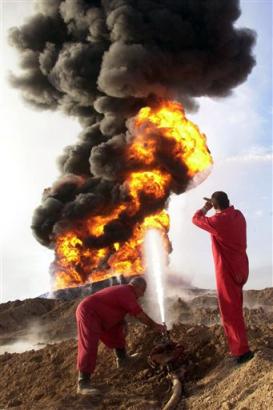 This class is designed for those firefighters that have oil wells and
tank batteries in their response area. This class helps emergency responders develop
the knowledge and skills necessary to safely and effectively manage a typical oilfield
emergency. Topics include how to evaluate the emergency and hazards involved at the
production site and drilling operations. The resources needed, foam training, and
incident command are all integral parts of the instruction. This class is sponsored by
the Illinois Petroleum Resource Board and the Department of Natural Resources.
This class is designed for those firefighters that have oil wells and
tank batteries in their response area. This class helps emergency responders develop
the knowledge and skills necessary to safely and effectively manage a typical oilfield
emergency. Topics include how to evaluate the emergency and hazards involved at the
production site and drilling operations. The resources needed, foam training, and
incident command are all integral parts of the instruction. This class is sponsored by
the Illinois Petroleum Resource Board and the Department of Natural Resources.
"Oil Well Fire Fighting" consists of classroom instruction and hands-on training. The hands-on portion includes extinguishing fires at the wellhead, tank battery, and separator. Also during the hands-on portion, a live crude oil fire will be extinguished with the use of foam. Full PPE is required for this class.
NOTE: Protective Clothing Required -- Participants must furnish approved helmet, turn out gear, eye protection, gloves, and boots for this class.
There is no registration fee for this class. Students may register online through the Illinois Fire Service Institute's website or by requesting a registration form from Kirsty Berbaum at 217-244-6185 or kberbaum@fsi.illinois.edu. More information is also available from Mark Clapp, Program Manager at 217-244-7134 or clapp@fsi.illinois.edu.
 This practical course provides fire service organizations seeking Certification with the
Office of the Illinois State Fire Marshal at the level of Certified Firefighter II with
instruction emphasizing the psychomotor skills portions of the certification.
This practical course provides fire service organizations seeking Certification with the
Office of the Illinois State Fire Marshal at the level of Certified Firefighter II with
instruction emphasizing the psychomotor skills portions of the certification.
The limited classroom sessions cover the Orientation, Personnel Safety and Fire Behavior portions of the cognitive objectives. Study guides, objectives, and reading assignments are provided to assist the students who haven't been in the classroom in a while with attaining their certification goals. Review and study sessions are encouraged at the local levels.
The majority of class time is spent teaching and testing the skills required to "do the job." Fire extinguishers, self contained breathing apparatus, fire service ladder practices, and the hands on skills for fire hose and appliance work are the order of the day. Records are kept at the local level and signed off by OSFM/IFSI certified instrutors.
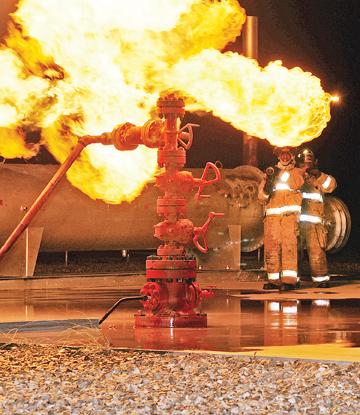 Liquefied Petroleum Gas Fire Fighting is a four-hour class underwritten completely by the
Illinois Propane Education and Research Council (IPERC) that combines a short lecture with
a hands-on component. A one-hour lecture covers the properties, fire behavior and proper
approach to LP emergencies.
Liquefied Petroleum Gas Fire Fighting is a four-hour class underwritten completely by the
Illinois Propane Education and Research Council (IPERC) that combines a short lecture with
a hands-on component. A one-hour lecture covers the properties, fire behavior and proper
approach to LP emergencies.
Practical hands-on scenarios cover safe hose handling, water supply and fire streams. Propane is supplied and funded by IPERC, as well as the time for the driver supplying the fuel.
Minimum class size is at least 35 emergency responders from multiple jurisdictions. This is a tremendous opportunity when planning ahead to meet minimum ISO requirements for mutual aid and night live burn training.
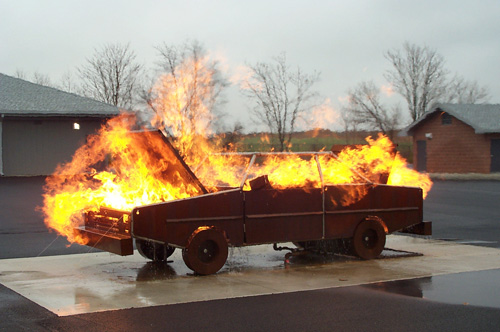 Three 40-hour classes make this class the foundational program for the fire and arson investigator.
The first course includes units on: fire investigation operations, fire behavior, fire patterns,
origin and cause determination and fire setting motives. The practicals include an accelerant
detection K-9 presentation and a "burn cell" demonstration.
Three 40-hour classes make this class the foundational program for the fire and arson investigator.
The first course includes units on: fire investigation operations, fire behavior, fire patterns,
origin and cause determination and fire setting motives. The practicals include an accelerant
detection K-9 presentation and a "burn cell" demonstration.
The second course includes units on: evidence, legal issues, scene documentation and incendiary fire causes. The practicals include conducting on-scene fire investigations, developing origin and cause determinations and presenting group findings.
The third course includes units on: explosives, insurance investigations, vehicle fires, interviewing and fatal fire investigations. The practical involves conducting vehicle fire investigations.
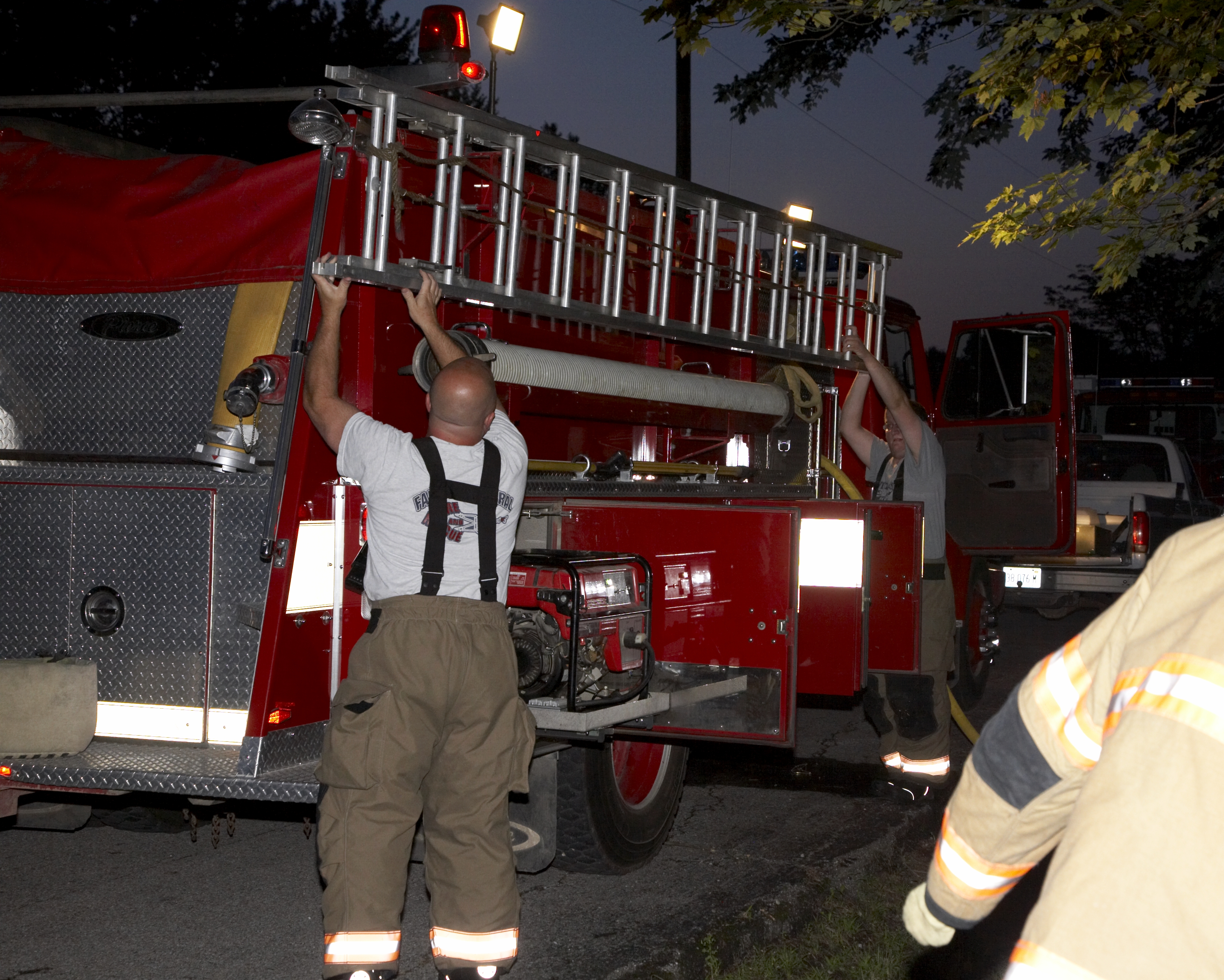 A critical tool in promoting the nationwide implementation of NIMS is a well-developed training
program that facilitates NIMS training throughout the Nation, growing the number of adequately
trained and qualified emergency management/response personnel. Closely related to the training,
core competencies will form the basis of the training courses’ learning objectives and personnel
qualifications that validate proficiency. The National Integration Center (NIC) is charged with
the development of NIMS core competencies, training courses, and personnel qualifications.
A critical tool in promoting the nationwide implementation of NIMS is a well-developed training
program that facilitates NIMS training throughout the Nation, growing the number of adequately
trained and qualified emergency management/response personnel. Closely related to the training,
core competencies will form the basis of the training courses’ learning objectives and personnel
qualifications that validate proficiency. The National Integration Center (NIC) is charged with
the development of NIMS core competencies, training courses, and personnel qualifications.
Released in February 2008, the Five-Year NIMS Training Plan describes the operational foundations of these efforts; defines NIMS core competencies, training courses, and personnel qualifications as part of the National Training Program for NIMS; assembles and updates the training guidance for available NIMS courses (organized as a core curriculum); and lays out a plan for the next five years to continue development of the National Training Program.
The Five-Year NIMS Training Plan compiles the NIC’s existing and ongoing development of NIMS training and guidance for personnel qualification. Previous guidance on NIMS training has been updated and is issued as appendixes of this document. The National Training Program for NIMS will develop and maintain a common national foundation for training and qualifying emergency management/response personnel. To accomplish this, the Five-Year NIMS Training Plan describes a sequence of goals, objectives, and action items that translates the functional capabilities defined in NIMS into positions, core competencies, training, and personnel qualifications.
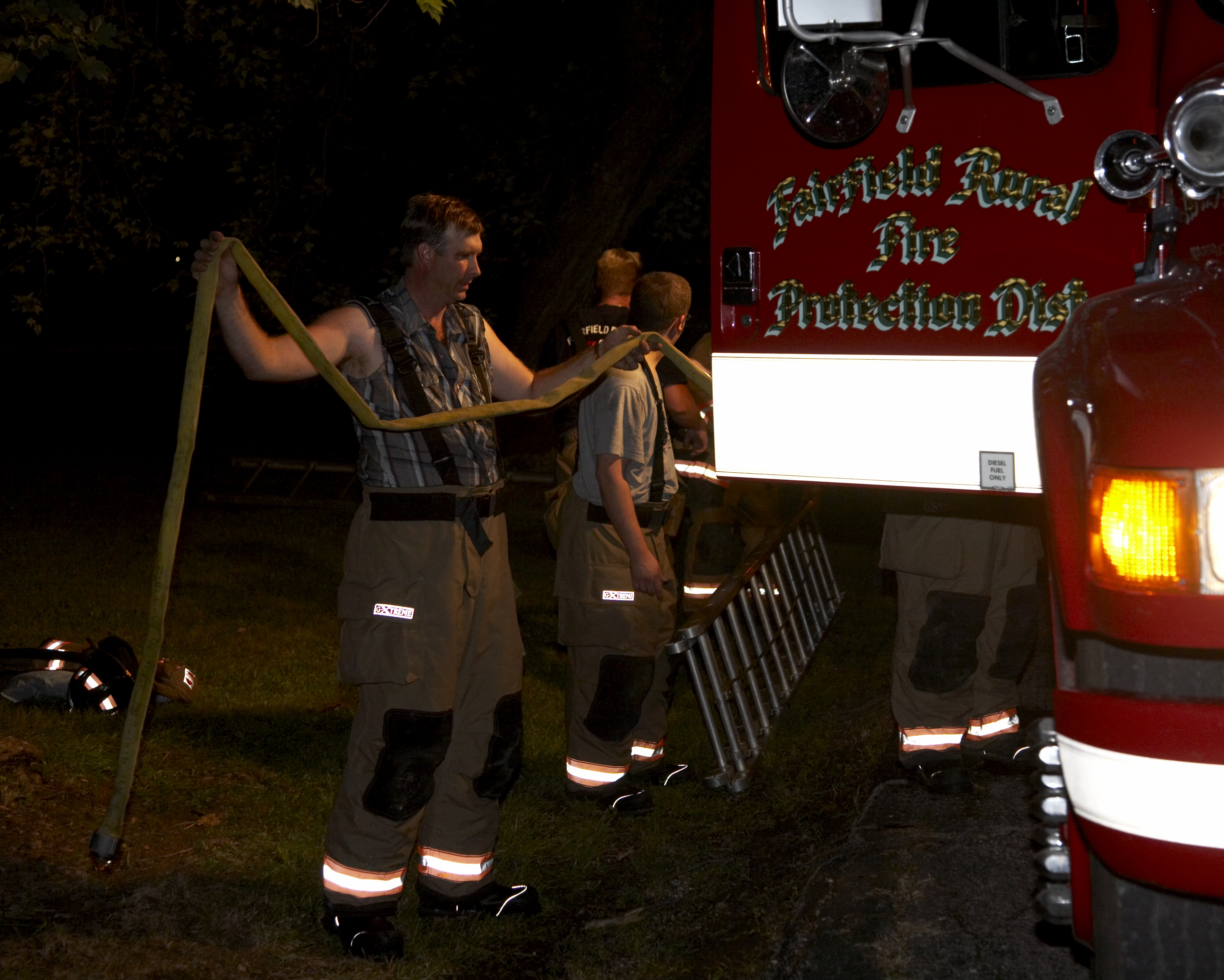 This class uses locally available apparatus to provide core competencies with pumps and their
related controls. Topics include, but are not limited to, knowing the legal aspects of
emergency vehicle driving and explaining the purpose of the types of locally available apparatus.
Instructors lead discussion on proper maintenance, inspection, and record keeping for fire
apparatus. Descriptions and demonstrations of pumps and their related controls or devices
include the following: operation of centrifugal pumps, priming devices, relief devices and
multi-stage pumps (if available). "Hands on" pumping operations take the majority of class time.
This class uses locally available apparatus to provide core competencies with pumps and their
related controls. Topics include, but are not limited to, knowing the legal aspects of
emergency vehicle driving and explaining the purpose of the types of locally available apparatus.
Instructors lead discussion on proper maintenance, inspection, and record keeping for fire
apparatus. Descriptions and demonstrations of pumps and their related controls or devices
include the following: operation of centrifugal pumps, priming devices, relief devices and
multi-stage pumps (if available). "Hands on" pumping operations take the majority of class time.
This class can be delivered as a four-hour classroom session or spread over 16 hours, incorporating practical evolutions with apparatus available within the department. The class can also be utilized to meet the Insurance Service Office (I.S.O.) annual pump service test, providing additional practical training.
Note: An engine or tender with 1,000gpm capacity must be supplied locally. Applicable Credits
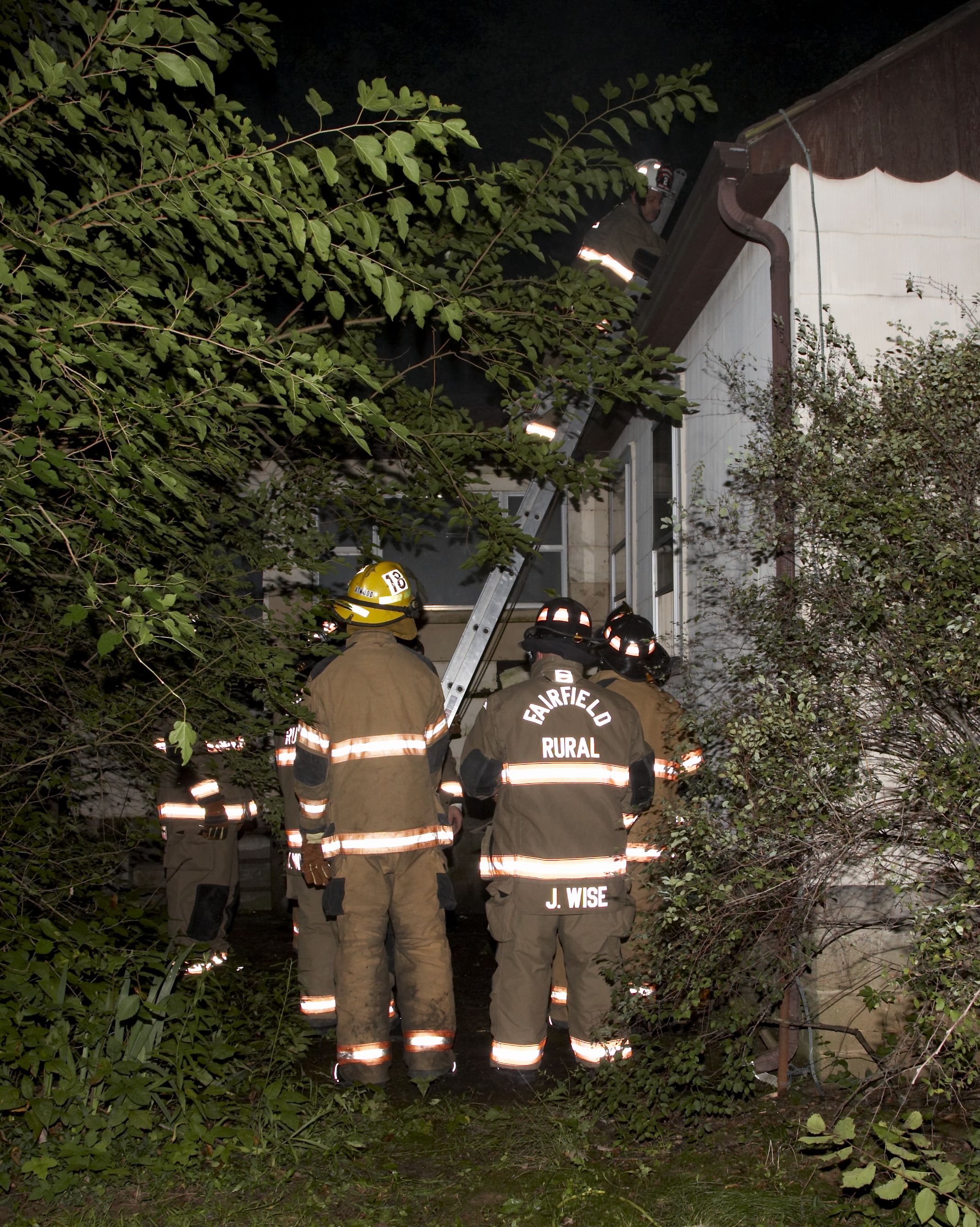 The goal of this course is to prepare responders to operate as a local member of a regional
team within the NIMS (National Incident Management System) at a CBRNE
(Chemical-Biological-Radiological-Nuclear-Explosive) WMD (Weapons of Mass Destruction) Event
requiring statewide response that has resulted in the need for a permit required confined
space rescue at the Technician level. The Confined Space Rescue Technician course has been
designed in accordance with the NFPA (National Fire Protection Association) Standard on
Operations and Training for Technical Rescue Incidents, 2004 edition as well as NFPA 1006
Standard for Rescue Technician Professional Qualifications, 2003 Edition.
The goal of this course is to prepare responders to operate as a local member of a regional
team within the NIMS (National Incident Management System) at a CBRNE
(Chemical-Biological-Radiological-Nuclear-Explosive) WMD (Weapons of Mass Destruction) Event
requiring statewide response that has resulted in the need for a permit required confined
space rescue at the Technician level. The Confined Space Rescue Technician course has been
designed in accordance with the NFPA (National Fire Protection Association) Standard on
Operations and Training for Technical Rescue Incidents, 2004 edition as well as NFPA 1006
Standard for Rescue Technician Professional Qualifications, 2003 Edition.
This class reviews the federal and state regulations for confined space, high angle, and hazardous materials incidents, the use of specialized equipment for atmospheric monitoring, and commercial and rescuer constructed retrieval systems. This course includes simulated rescue evolutions requiring a mixture of all three disciplines, challenging the responder to deal with rescuing the rescuer in a contaminated atmosphere. Special emphasis is given to rescuer safety, tactical scene management, patient care, decontamination, and the construction and operation of retrieval systems.
 The scope of this course is to prepare local responders to operate as a local member of a
regional team within the NIMS at a CBRNE (Chemical, Biological, Radiological, Nuclear, or Explosive)
WMD Event requiring statewide response that has resulted in the need for a high-angle rescue.
The scope of this course is to prepare local responders to operate as a local member of a
regional team within the NIMS at a CBRNE (Chemical, Biological, Radiological, Nuclear, or Explosive)
WMD Event requiring statewide response that has resulted in the need for a high-angle rescue.
This course provides those personnel with the basic knowledge and skills needed to perform rescues using rope systems. The class will cover the use of rope, rope equipment, hardware, construction of mechanical advantage systems, belay and safety systems, anchor systems, and patient packaging. Special consideration will be given to the policies of standard-making agencies such as OSHA, ANSI, NFPA, and others.
 Rescue personnel learn principles and guidelines for the safe response to tractor roll-overs,
entrapment in field agricultural machinery, entanglements in stationary equipment, electrical
incidents, agricultural chemical spills and exposure, fires related to the farm operation and
other agriculturally-related incidents. Extrication drills, equipment stabilization, lock out
tag out of electrical, hydraulic and pneumatic machinery, patient assessment, treatment and
packaging also can be included. Site walk-throughs or preplans are encouraged with local
farmers, agricultural machinery dealers and repair shops, as well as commercial farm chemical
dealers. Any agricultural machinery required for the class must be arranged by the host department.
Rescue personnel learn principles and guidelines for the safe response to tractor roll-overs,
entrapment in field agricultural machinery, entanglements in stationary equipment, electrical
incidents, agricultural chemical spills and exposure, fires related to the farm operation and
other agriculturally-related incidents. Extrication drills, equipment stabilization, lock out
tag out of electrical, hydraulic and pneumatic machinery, patient assessment, treatment and
packaging also can be included. Site walk-throughs or preplans are encouraged with local
farmers, agricultural machinery dealers and repair shops, as well as commercial farm chemical
dealers. Any agricultural machinery required for the class must be arranged by the host department.
Note: Tractors and farm implements for actual extrication exercises must be supplied locally. Recommend working with local vendors to access newer farm implements for demonstration and familiarization.